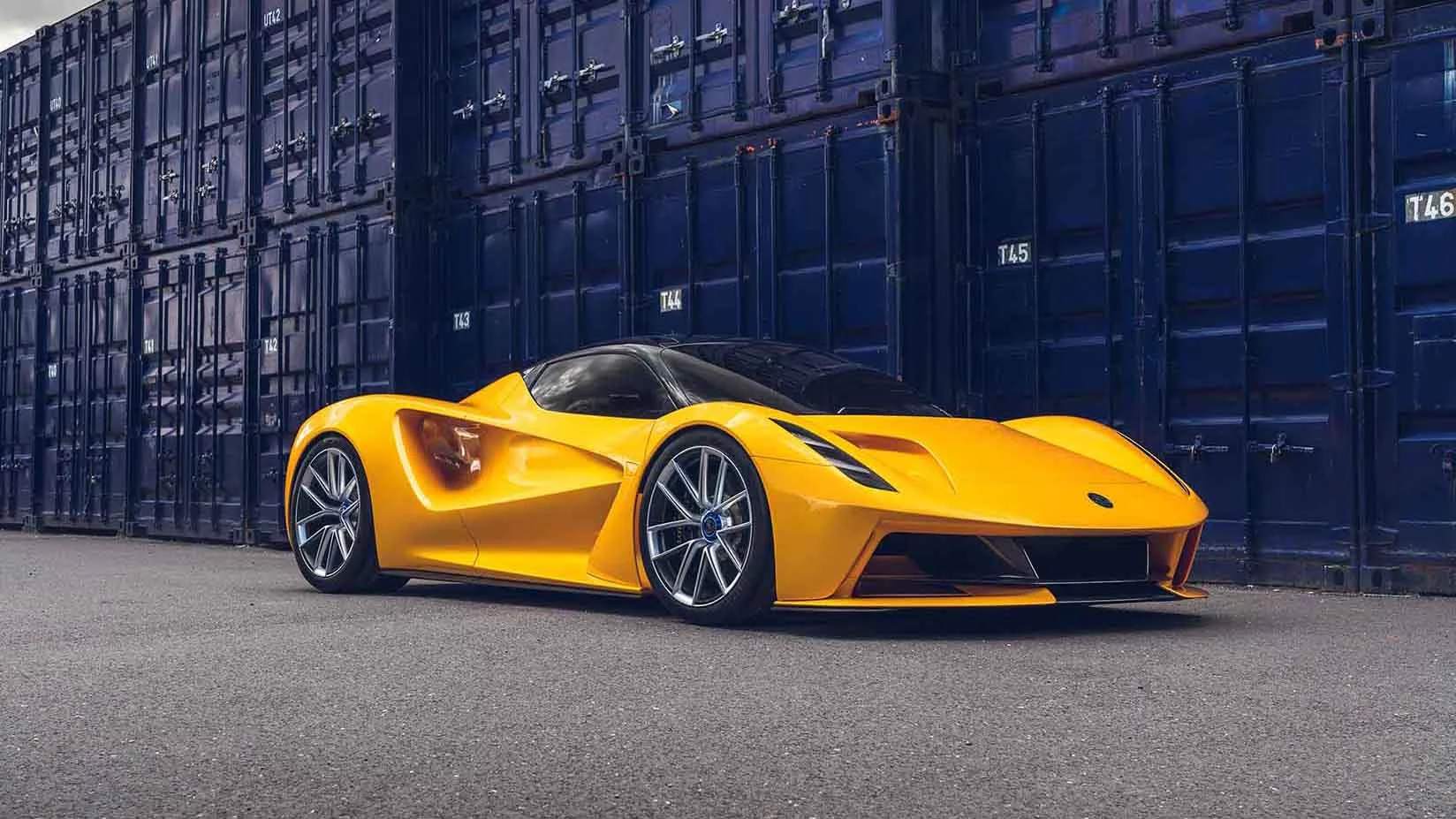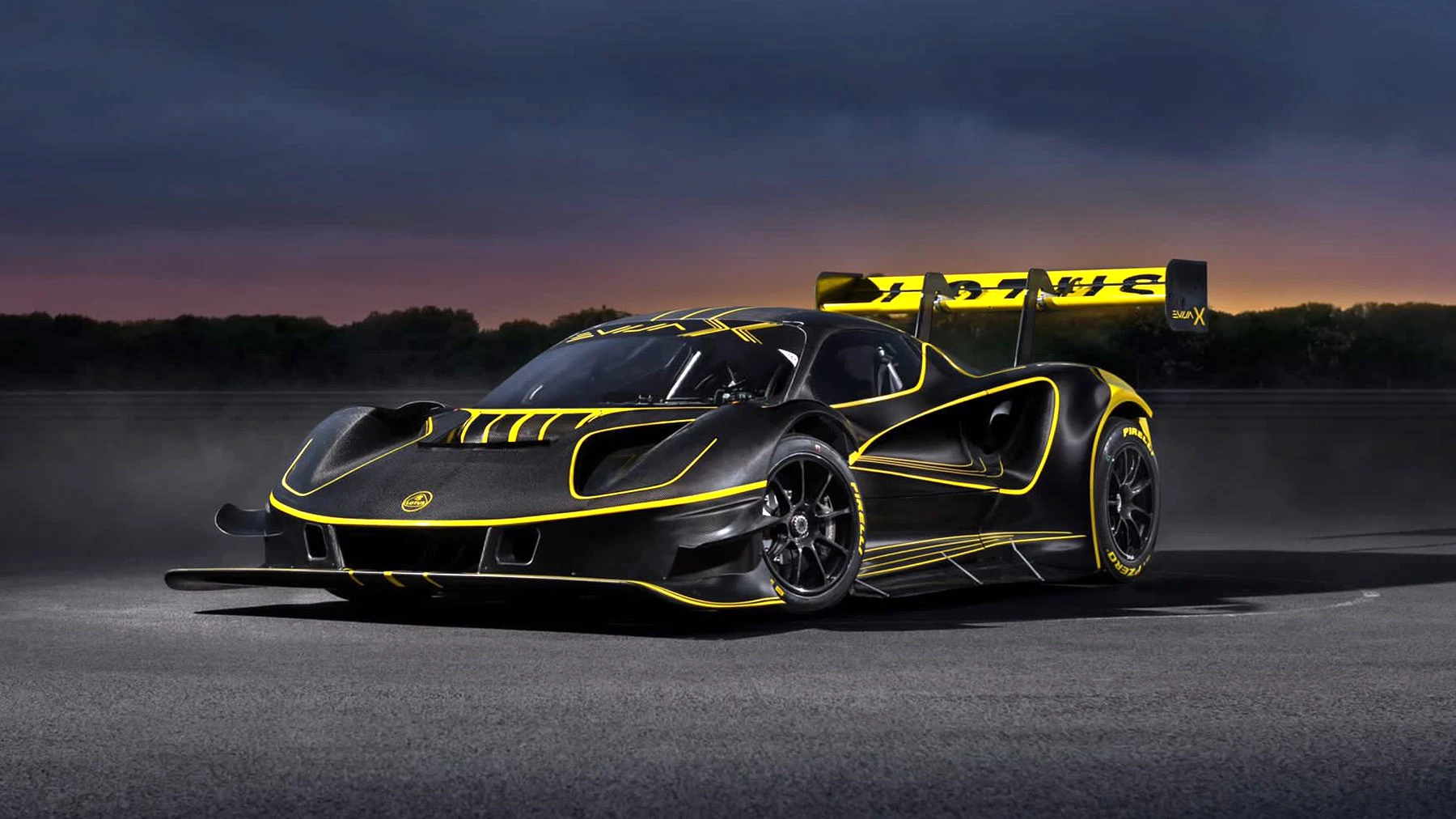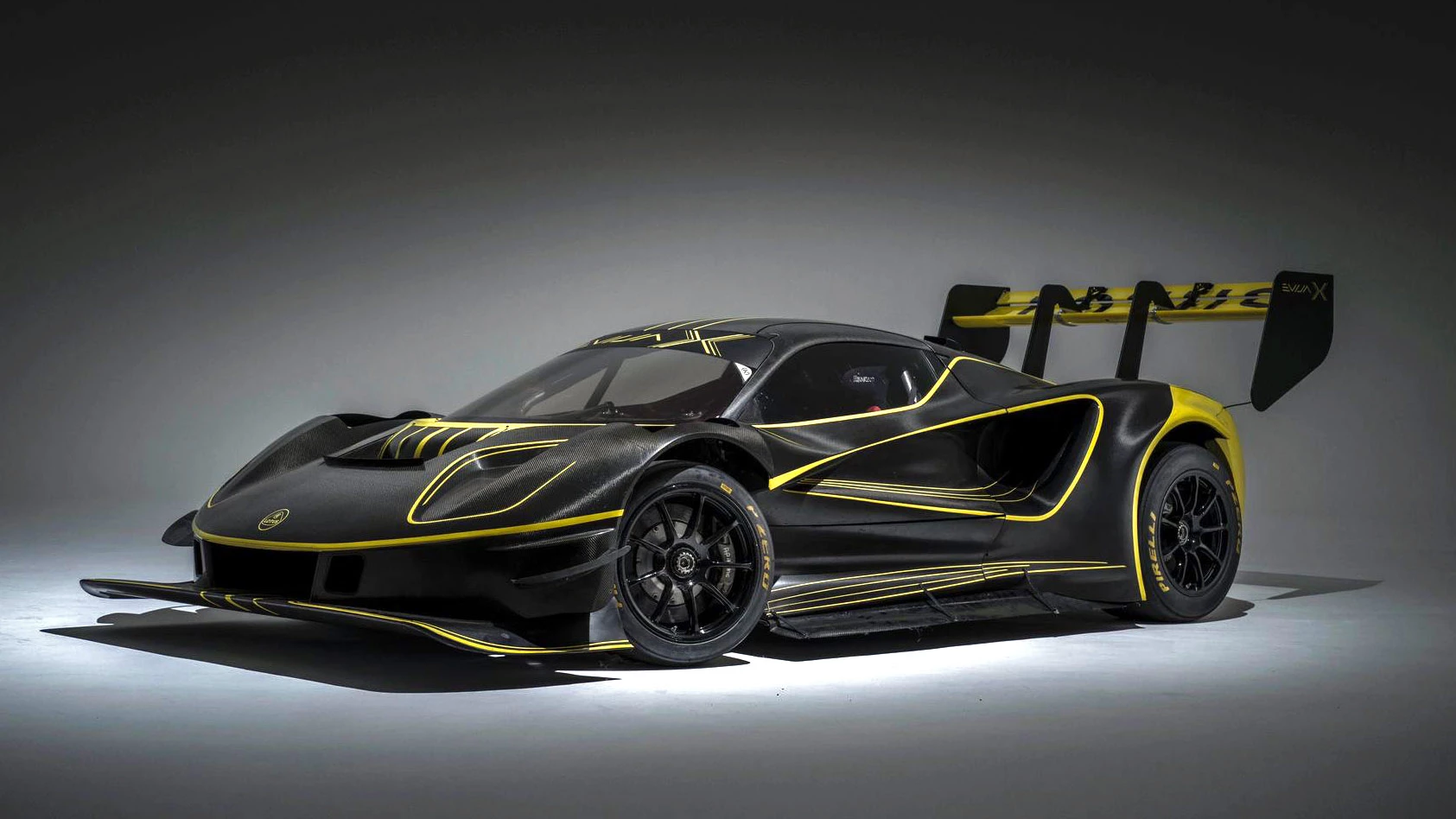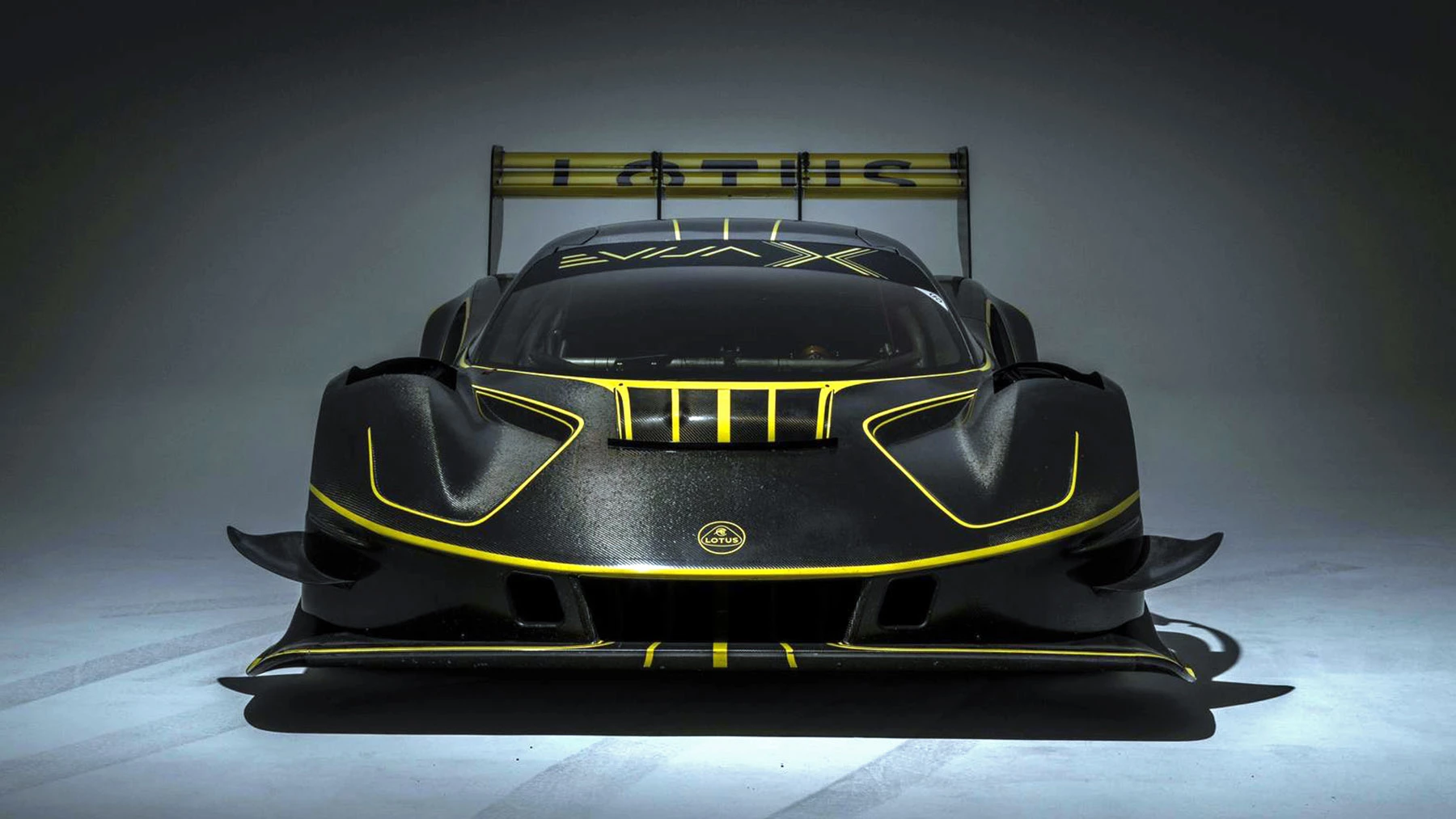The Nurburgring Nordschleife 12.9-mile (20.8-km), 154-corner, "Green Hell" racetrack is the renowned place for full-throttle, full-send driving to attain prestigious lap records for car manufacturers. Its fast, twisty, hilly, often 5th-gear blind-entry corners with unforgiving run-off also make it one of the most dangerous road courses.
Ever since the track was built nearly a century ago in 1927, drivers and car manufacturers have fought to be number one. Back then, Mercedes lapped a pretty magnificent 12-minute lap time averaging 60 mph (96.5 km/h). Skip forward 96 years to October of 2023 and Lotus enters the 'Ring with its all-electric Evija X one-off race car, based on the Evija street legal EV platform.
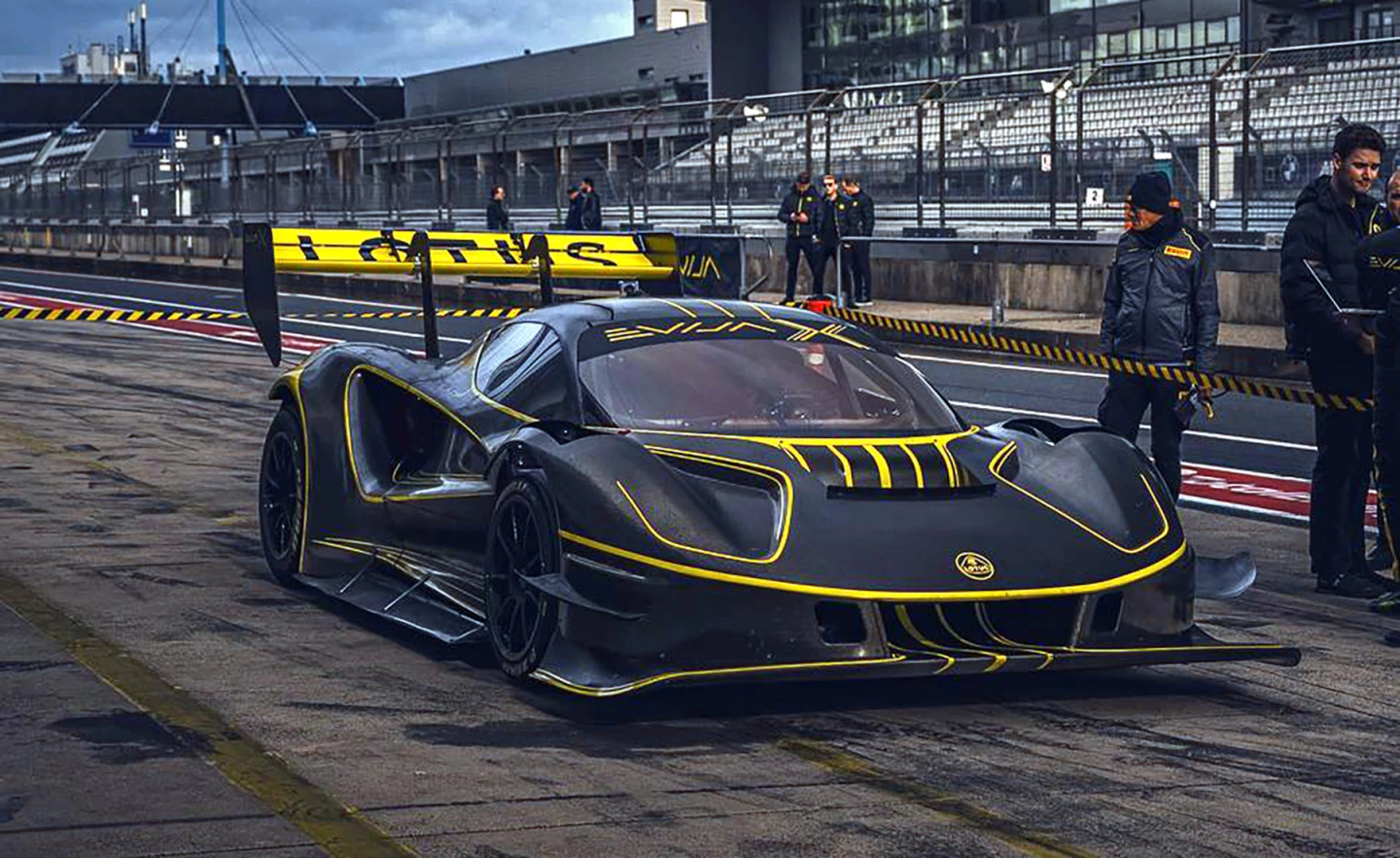
The drivetrain and four electric motors remain the same as Lotus' production model (thus retaining its production-spec chassis classification), however, its suspension and aero package are vastly different, soaking up bumps and hugging the ground better at 214 mph (345 km/h) while also producing over 6,600 lb (2,994 kg) of downforce with its additional front splitter, canards, and 747-sized rear wing.
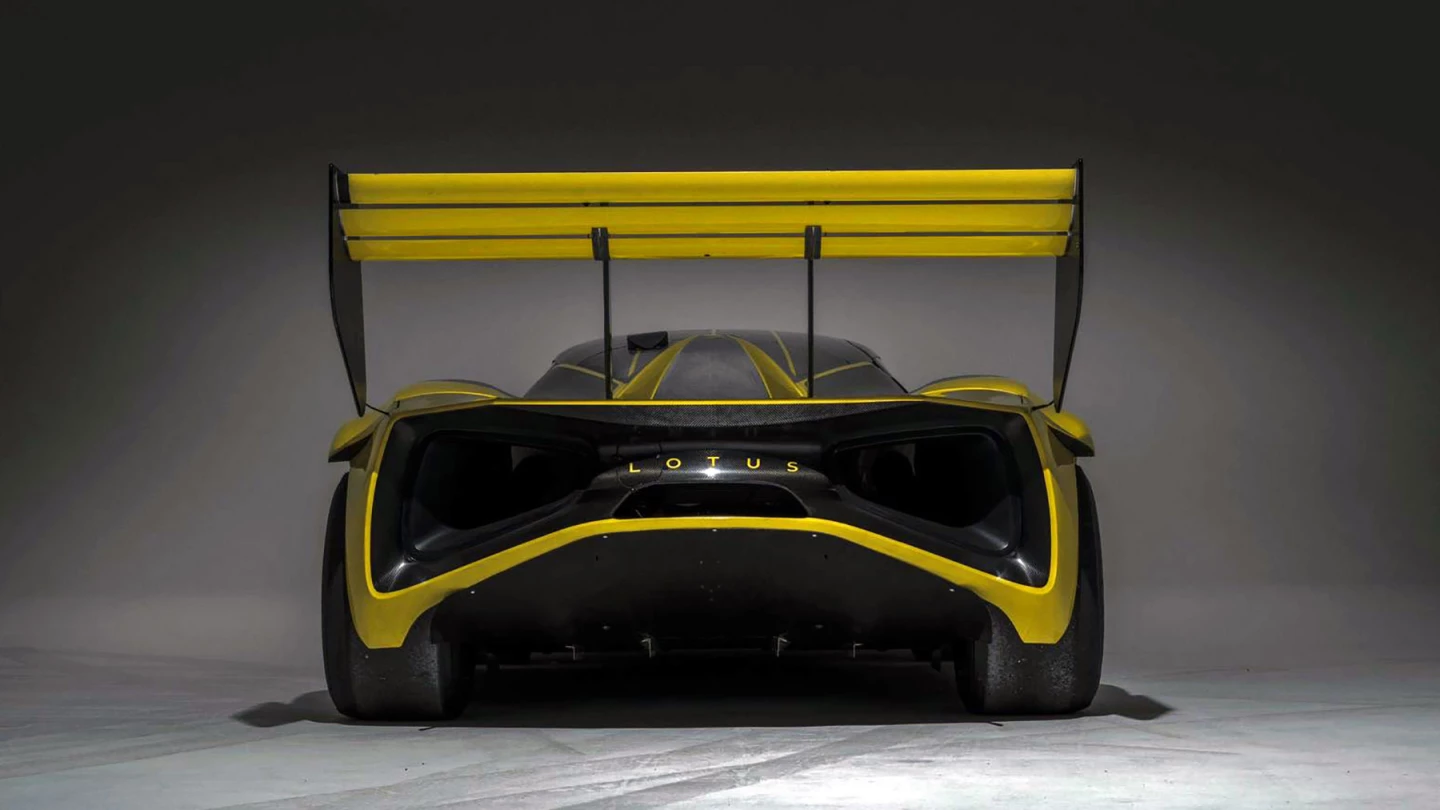
Those four electric motors I mentioned: 1,972 bhp (1,470 kW) and 1323 lb-ft (1,794 nm) of torque pushing it down the track like a bat out of Hades. It has a 70-kWh battery pack to draw from (for illustrative purposes, the Long Range Tesla Model 3 comes equipped with a 75-kWh battery).
Combine all that with Dirk Müller at the helm and you've got yourself a shot at the record books. And shoot their shot they did indeed: 6:24.047.
That's good enough for 4th fastest car to ever lap 'Green Hell.'
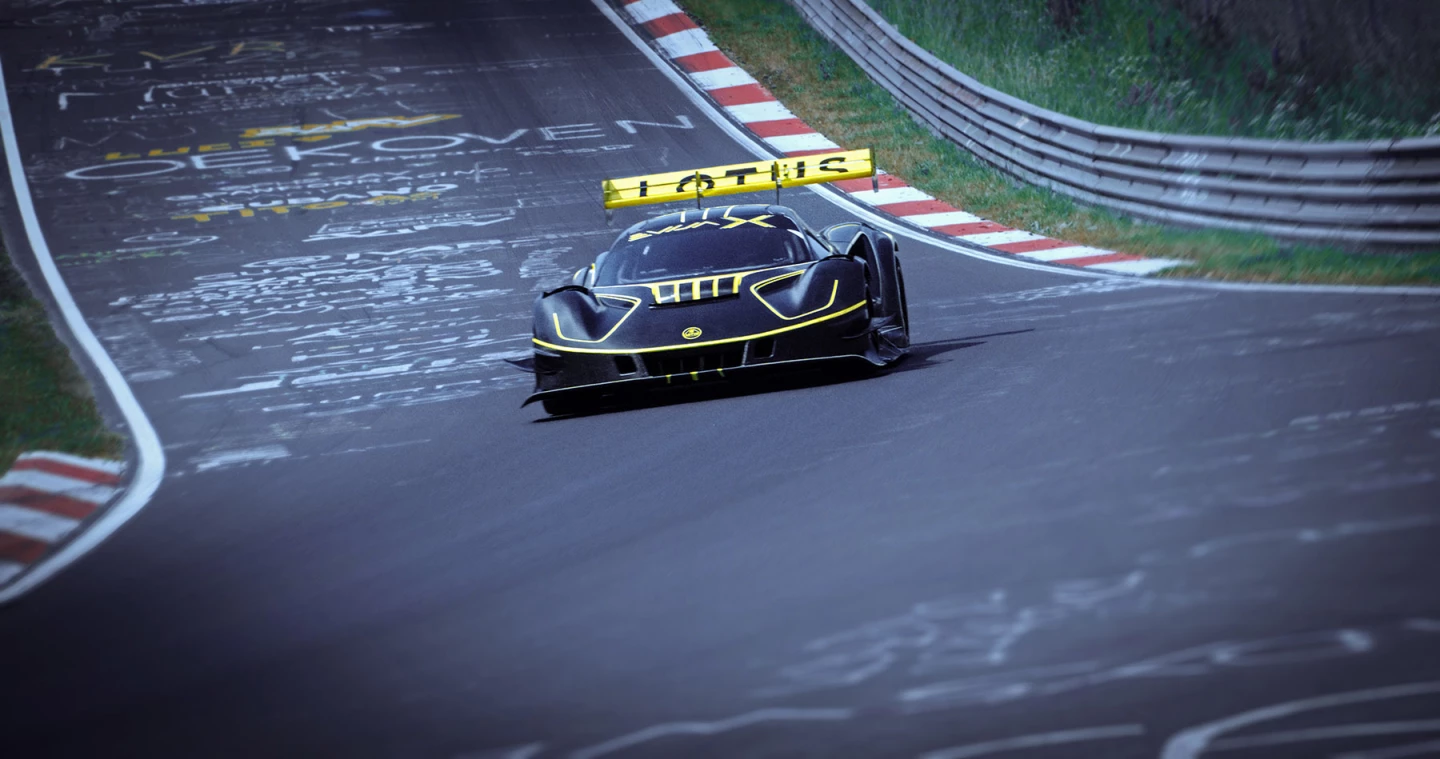
Normally, no one remembers who finished second or third, and especially not who finished fourth – but what makes this fourth-fastest lap notable is the Lotus Evija X is the second fastest all electric vehicle to lap the 'Ring. And even more notably, it's the very fastest production-based chassis to ever lap the insanity that is the 12.9-mile Nordschleife, beating out the Mercedes AMG-One time of 6:35.183 set in 2022.
Watching the onboard telemetry while Müller was lapping at break-neck speeds, I frequently saw 2+ lateral G's, and with my Bose headphones on at full blast listening to the screaming glory of EV motor-whine being pushed to its limit, I could also hear every small protest of the tires – and it didn't seem like they were protesting much. The electric hypercar seemed to be on rails with a huge amount of mechanical grip. I think the Lotus might be able to go faster.
With a price tag of US$2.3 million and a limited production run of 130 Evija hypercars released into the wild, Lotus should be able to churn out more greatness almost as quickly as the Evija's 0-186-mph (0-300-km/h) time of 9.1 seconds... Even if the company is spending $70,500 a day to cover the Nordschleife rental fee to give it clear track.
A little more on Nordschleife lap records:
The fastest EV ever was a very purpose-built time-attack electric vehicle called the Volkswagen ID.R which ran a staggering 6:05.336 in June of 2019. Boasting a mere 670 hp with a meager 44-kWh battery pack that was sorely lacking and a top speed of 152 mph (245 km/h) down the fastest straights, Romain Dumas still managed to set the record. With some more juice and perhaps different gearing, VW might be able to create a little more positive press than did Dieselgate.
The outright record-holder around the present-day Nordschleife configuration is Timo Bernhard, driving a Porsche 919 Hybrid Evo prototype in June of 2018. He set a physics-defying time of 5:19.546. You can watch his lap here, as words simply cannot explain the sheer magnitude of what a 5:19 on the Nurburgring looks like. Blurry, I guess, might be the best way to describe it.
These are lap times I can't even touch while playing Forza with the damage turned off.


